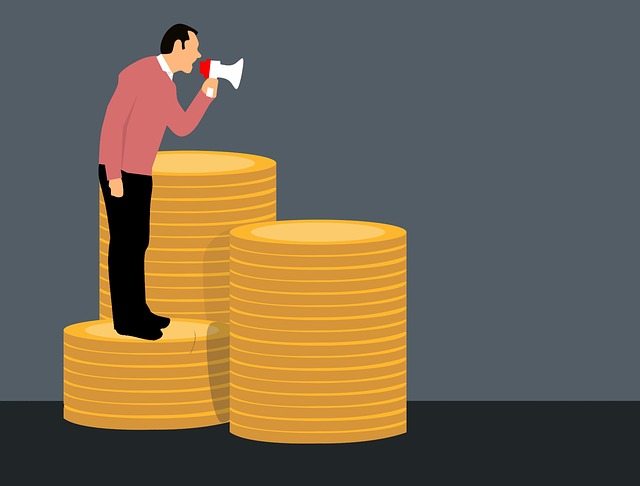How actionable insights can mitigate big business risks.
Did you know that in the UK, slips, trips and falls are the most common cause of personal injury claims for the majority of companies’ insurance policies?
It doesn’t matter where you’re located, what sector you’re in or the size of your business, the verdict is the same- slips, trips and falls are responsible for around 33% of insurance claims, in terms of the number of claims made, as well as the settlement amount.
And the overall cost to industry is substantial. Over £500 million is being paid out every year according to the UK’s Health and Safety Executive report of 2005. Let alone the immeasurable cost of human suffering, workplace disruption and the damage to brand reputation.
What’s more, floor cleaning has been identified as a significant factor in causing these accidents, making wet floors a real danger to cleaning staff, members of the public and to your business.
Clean isn’t clean enough
Slips and falls aren’t just occurring where unwanted liquids are present. Accidents can result from actually cleaning up these unwanted substances! According to Accident Claims in the UK, slips and falls are most commonly caused by:
- water from spills
- freshly mopped floors
- cleaning chemicals that leave a slippery residue
- spilled drinks
- liquid spills like oils or soaps
- leaking roofs or containers
- burst or leaking plumbing
Combine any unwanted liquids with an uneven or unsuitable floor surface, and a simple spill that isn’t tended to immediately, becomes a major hazard that could leave your business out of pocket.
The big worldwide wet
No business is immune. Big insurance claims are made everywhere unwanted liquid is present and an accident occurs- in shops, supermarkets, shopping centres, hotels, restaurants, cafes, bathrooms, airports, hospitals, on public transport and most other public places.
And it’s not just in the UK- it’s happening across the globe. Read these case studies and you’ll never look at a wet floor in the same way again.
Case study: $12.2 million USD pay out for slip and fall
In 2003 a US woman slipped on a small puddle caused by a leaking awning outside a gas station convenience store. She hit her head and suffered horrendous injuries and is no longer able to work or lead a normal life. The business was liable for a US $12.2 million insurance payout, was publicly named throughout the court case and is no longer operating in that location.
Case study: Australian shopping centre and cleaning company liable for heavy fall
In 2015 an Australian man slipped in water and fell while entering a prominent Sydney shopping centre, resulting in bulging discs in his spine, and damage to his pelvis and hip. Proceedings were commenced against both the owner of the shopping centre and the cleaning company- the man’s lawyer argued that the shopping centre did not provide adequate wet weather safety plans or warning to customers, while the cleaners failed to ensure that the floors remained dry and slip resistant.
Case study: Cleaning data used to win $250 000 Australian slip and fall payout
An Australian woman received a $250 000 payout after slipping on a hot chip (equally as hazardous as water!) in a food court sustaining serious injury. Evidence of incident reports, CCTV footage and cleaning schedules were requested, resulting in allegations that the cleaning system was inadequate, as the hazard had not been identified and removed.
It’s clear. Whatever the cause or the location- if someone is injured from a slip, trip or fall in a public place or in their workplace, your business could be liable.
Actionable insights for real results
Data collection tools are most commonly used for customer experience feedback. They help determine customer satisfaction levels and identify areas of a business that need improvement in the short and long-term.
However, interactive feedback systems serve another equally important purpose- one that can potentially save your business from litigation and losing millions of dollars.
And it gets back to the not-so-humble wet floor. Interactive feedback systems can also be used to log and monitor cleaning contractors. With this data you can:
- ensure contractors are fulfilling their obligations
- identify which areas are being cleaned
- identify how often these areas are cleaned
- see which contractors are on duty
- log exactly what services are being provided by contractors
- identify peak periods of falls
- identify peak periods of other complaints
- identify exactly what needs to change and where
It’s all about risk mitigation. If a shopping centre, airport or other location can demonstrate how often an area was cleaned, that data can be used to mitigate claims. Also, if there were no prior complaints logged about wet floors immediately before a slipping incident, this information can also help mitigate liability.
While this slip and fall fraud case wasn’t data driven, it demonstrates that when it comes to liability, proof is key.
US man caught out in slip and fall insurance fraud
In 2019 a US man was arrested and charged with insurance fraud and theft by deception, after allegedly pretending to slip and fall on ice cubes in a kitchen area. CCTV footage appeared to show a man deliberately throwing ice on the floor before faking a fall.
Data is everything
Obviously, prevention is better than cure. Ideally wet floor falls are avoided through logging cleaning contractors, responding swiftly to problem areas and refining cleaning systems over time. But rich data can also be used to mitigate insurance claims and even disprove liability.
Dr Voxx works closely with business clients to recognise and evaluate their unique risks, and develops a customised interactive feedback system to give your business the data it needs for powerful and actionable insights.
Acknowledgments:
http://www.hse.gov.uk/slips/index.htm
https://www.dailypress.com/news/dp-xpm-20070502-2007-05-02-0705020144-story.html
https://www.gerardmaloufpartners.com.au/Publication-2456-Woman-from-Penrith-receives-over–24250-2c00000-after-slip-in-food-court.aspx https://www.bbc.com/news/av/world-47103569/man-charged-with-fraud-over-fake-slip-and-fall-insurance-claim
